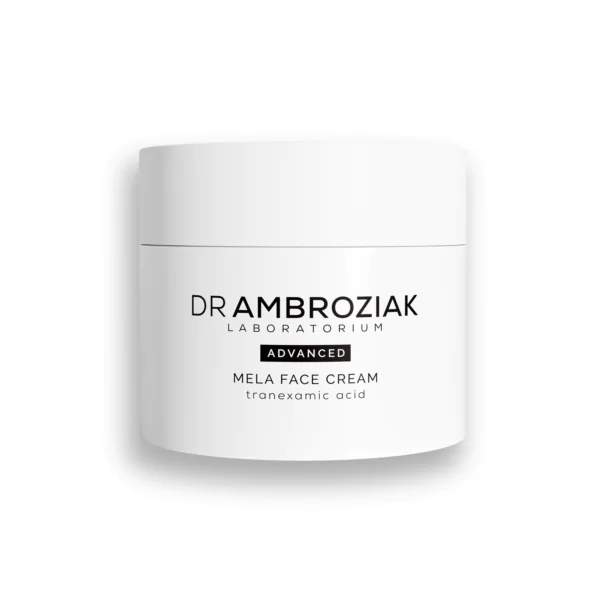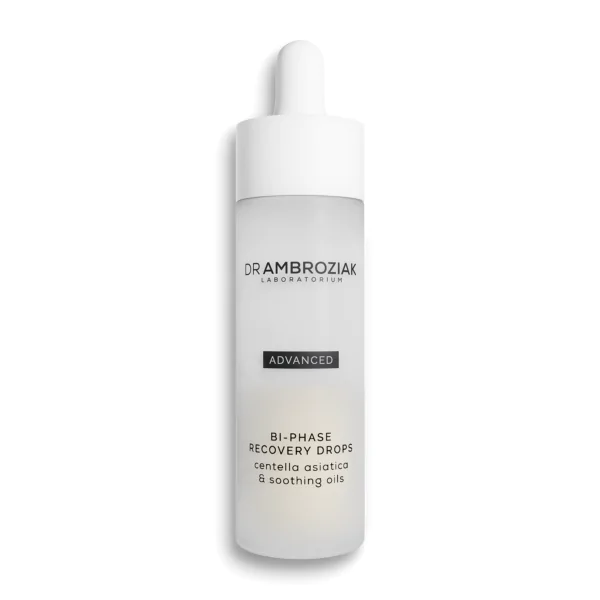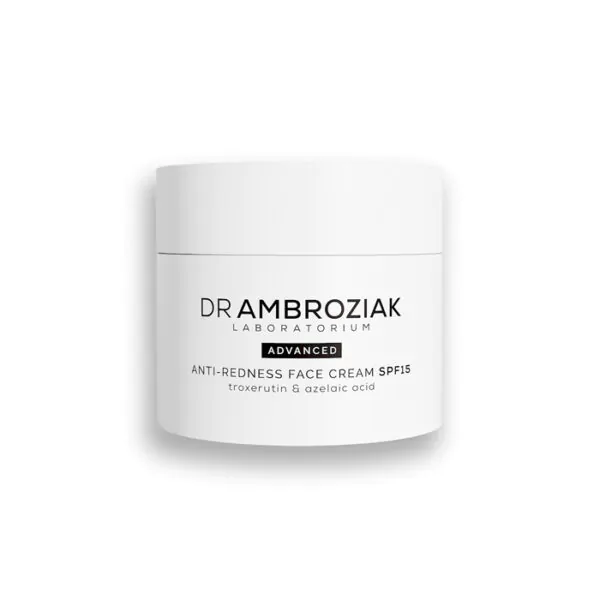Urinary incontinence treatment
There are many myths surrounding weak pelvic floor muscles and the associated problem of incontinence. The two most damaging are that it only affects older women and that only invasive methods can help. Meanwhile, pelvic floor muscles make life difficult for young women, mothers after childbirth, women who are active in sports, whatever their age. It is also true that new technologies make it possible to eliminate the problem non-invasively, even without taking off one's clothes. Such a solution is the chair which performs intensive training of pelvic floor muscles for us and restores their correct work. In just 3 weeks!
This is an ergonomic chair that uses the HIFEM technology to stimulate and strengthen pelvic floor muscles. It is certified by the US FDA (Food and Drug Administration) as an effective device for the treatment of stress urinary incontinence. The chair does the pelvic floor muscle training for the patient, and the HIFEM electromagnetic waves emitted by the device penetrate freely through clothing and the pelvic bone, so the patient does not need to undress for the treatment.
Why is it worth it?
During one 28-minute workout, urinary incontinence treatment induces more than 11 thousand contractions of supramaximum intensity, unattainable for the patient if she practised on her own. During this time, with the help of Kegel exercises, a woman is able to make about a thousand contractions but their intensity will be lower. The length of contraction is also important for strengthening the pelvic floor muscles, as well as proper muscle relaxation. Urorehabilitation specialists point out that most women perform Kegel exercises incorrectly: usually too fast, too weakly, without proper muscle relaxation. HIFEM not only induces intense contractions, but also properly maintains them and relaxes the muscles. It is the best gym for your pelvic floor muscles.
What do you need to know?
Location
Price
Problem solved
Duration time
Effects
This chair is an effective device for the treatment of stress urinary incontinence. Scientific studies have shown that 95% of patients who have undergone the full series of 6 treatments report significant improvement in terms of quality of life, with the first effects of pelvic floor muscle strengthening being felt after 2-3 treatments, giving patients great satisfaction. These results were confirmed at 3 and 6 months after training. All patients admitted that they felt their pelvic floor muscles better. There was a 75% reduction in the number of sanitary pads they used, which were previously used regularly due to incontinence. The research group confirmed that 6 HIFEM therapy sessions allowed the patients to regain muscle strength and urinary continence control. Importantly, there was a re-education of the pelvic floor muscles. Patients with weakened muscles had not previously been able to develop proper training. The 6 therapeutic sessions strengthened the muscles, got them used to contracting and relaxing rhythmically. As a result, the women were able to perform proper workouts on their own.
Book consultation!
FAQ
The treatment is so comfortable that actually the word "treatment" should not be used at all. It is a kind of pelvic floor deep muscles training for which the patient does not take off any clothes. She sits on the chair and, for exactly 28 minutes, her muscles are stimulated to work intensively. The supramaximum contractions - more than 11,000 in total during one session - are tingling-like. Their intensity is adjusted to your sensations. Patients describe the sensations as "pleasant" or "surprising" or "strange", which is not surprising as we do not experience such intense pelvic floor muscle training every day. The sensations are so highly acceptable that many people - for example - read a book or newspaper already during the second training session.
Pregnancy and breastfeeding, neoplastic disease, metal implants in the treatment area, pacemakers and other implanted electrical devices, IUDs (copper coil), pulmonary insufficiency and certain heart diseases, menstruation occurring on the day of surgery, piercings and other jewellery in the intimate area (to be removed before surgery), mental illnesses
No, this treatment is not painful; on the contrary, it may be pleasant.
Yes, to be effective, treatments must be repeated.
The benefits of stronger pelvic floor muscles are so numerous that it is hard to even list them all. The electromagnetic therapy device strengthens them quickly, pleasantly and effectively to make life more comfortable and sweeter.

We also recommend
Find the perfect treatment for you

Gynaecological HIFU

Laser vaginal revitalization












